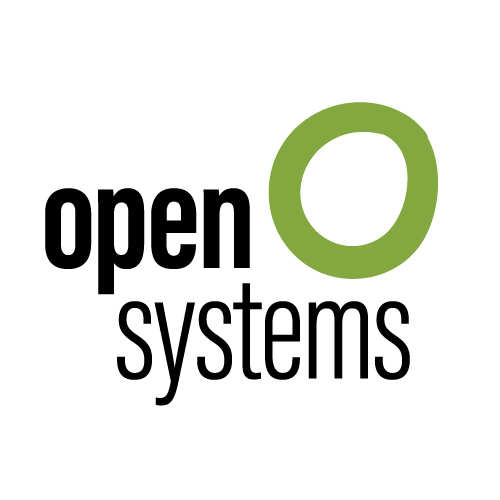
SD-WAN Must Support Network Freedom


Tomorrow’s enterprises will demand SD-WAN solutions that support adaptive local internet breakout connections with advanced technologies to ensure performance and security across a variety of network types and service providers.
SD-WAN and Any Type of Network
Enterprises want the freedom to consume network services that meet their business needs and fit their budgets. Enterprises will use a shifting mix of existing MPLS-based services, business internet, direct internet access (DIA), and cellular services to connect their sites. EMA research found that 87% of distributed enterprises are increasing their use of the internet for primary WAN connectivity. This means that today’s internet breakout is critical to WAN connectivity.
However, only 15% of these internet-focused enterprises are actually reducing their use of MPLS. Instead, more than half of them are supplementing MPLS with internet bandwidth. EMA’s research also found that the primary drivers of this network diversity are network flexibly, cloud connectivity, and bandwidth demand. SD-WAN solutions must support these hybrid WAN requirements.
Eighty-seven percent of distributed enterprises are also planning to use wireless services as a primary WAN connectivity option for at least some of their sites. In particular, 70% say they are leveraging 4G/LTE services for this purpose. Thus, SD-WAN solutions should be able to accommodate wireless in addition to terrestrial network services.
In many cases, enterprises will also want freedom from lock-in with a single network service provider. For instance, 35% of enterprises say they are working directly with multiple ISPs to support their internet-based WAN strategies. Another 24% work with a broker that specializes in ISP procurement and management, which allows them to consume bandwidth globally without managing individual ISP relationships.
Advanced SD-WAN Requirements for Adaptive Networking
Thus, an SD-WAN solution must be able to support a hybrid network that spans multiple types of networks and service providers. The SD-WAN technology should be able to do more than bond links together. Instead, the technology should steer traffic across different links based on observed network conditions. SD-WAN technology must be able to measure the availability and performance of various connections and implement policy-based traffic steering for each application defined by the enterprise. This policy-based traffic steering will ensure that applications receive the right class of service across these different network types and service providers supported by the SD-WAN service.
For instance, business-critical, real-time video communications might require the SLA-backed performance of MPLS. An administrator can create a policy that steers this real-time traffic over an MPLS connection. If the SD-WAN solution observes service degradation on the MPLS network, such as elevated response times, jitter, or packet loss, a policy will trigger the SD-WAN solution to failover the video traffic to business broadband.
Enterprises will also expect SD-WAN solutions to have a robust security architecture to ensure that traffic is secure, regardless of the network it traverses. Secure site-to-site connectivity is the bare minimum for such a network, but enterprises will expect other security solutions, too, whether they are native to the solution or integrated via third-party technology partnerships.
Adaptive SD-WAN Means a New Economic Model for the WAN
SD-WAN’s ability to support a dynamic, hybrid network is a potential game-changer for many distributed enterprises. MPLS providers have traditionally charged a premium for their services, with a cost-per-bit that is many orders of magnitude more expensive than business broadband.
With SD-WAN, the service-level guarantees and security of MPLS networks are less of a differentiator. SD-WAN users simply have access to more WAN bandwidth options. Internet services that were traditionally used as backup connections are now suitable for business-critical traffic. SD-WAN will ultimately drive the cost-per-bit downward, but SD-WAN will allow service providers to compete on advanced technologies, like visibility, performance, cloud enablement, and security.
Leave Complexity
Behind
To learn how Open Systems SASE Experience can benefit your organization, talk to a specialist today.
Contact Us



